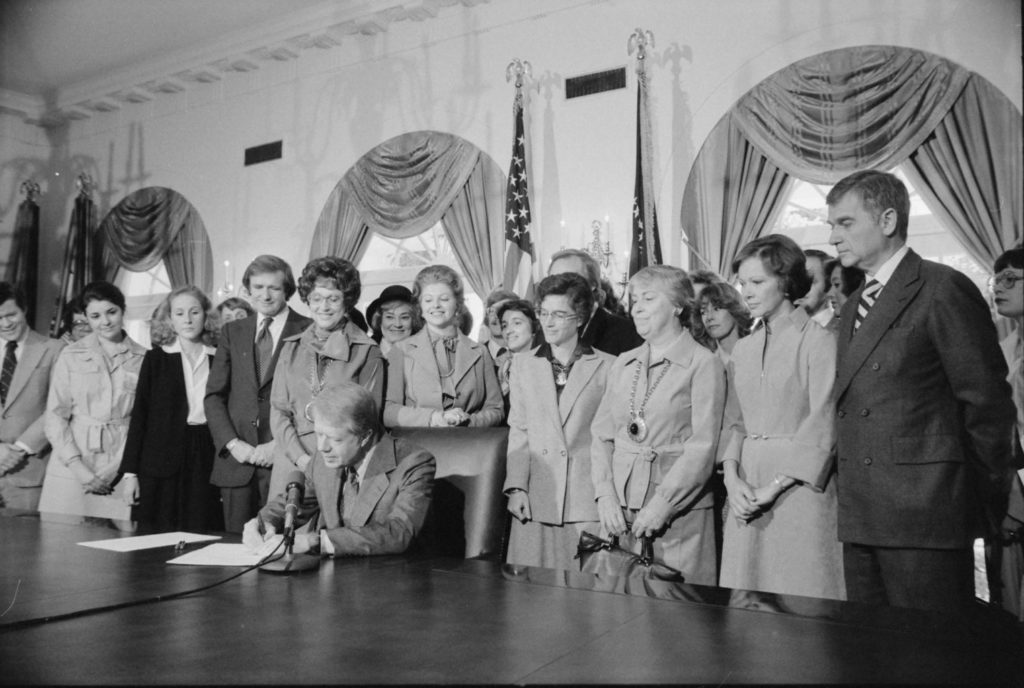Should the 1972 Equal Rights Amendment Be Ratified?

INTRODUCTION
The Equal Rights Amendment (ERA) was first introduced by Alice Paul in 1923 as the “Lucretia Mott Amendment.” It stated: “Men and women shall have equal rights throughout the United States and every place subject to its jurisdiction.” The amendment was subsequently introduced in Congress, but reformers were afraid that the ERA would risk other Progressive-era efforts and the effort failed. Alice Paul rewrote the ERA in 1943; the new version stated: “Equality of rights under the law shall not be denied or abridged by the United States or by any state on account of sex.” Still, concerns were raised by the proposed Amendment’s detractors.
By the 1960s, widespread social reforms reinvigorated the ERA efforts. The ERA passed the Senate and House of Representatives, and was sent to the states for ratification on March 22, 1972. However, as was common practice at the time, Congress placed a seven-year deadline on ratification of the proposed amendment. The ERA got 22 of the necessary 38 state ratifications in the first year, with an additional eight in 1973, three in 1974, and one in 1975. Opposition grew throughout the 1970s and 1980s, with some states passing rescission bills, retracting their previously-passed ratification.
When the ratification deadline arrived on June 30, 1982, the ERA was three states shy of the necessary 38-state threshold. Since that time, the ERA has been repeatedly reintroduced in Congress. Additionally, since the 1980s, the states of Nevada, Illinois, and Virginia have ratified the ERA, reaching the necessary 38-state requirement. Ongoing efforts and debate are now focused on the legality of the ratification retraction of five states and of Congress’ ability to remove the ratification deadline.
Objectives and Outcomes
- Students will be able to describe key vocabulary terms and concepts associated with the debate surrounding the Equal Rights Amendment.
- Students will be able to identify and explain aspects of the Equal Rights Amendment debate including various legal and societal considerations.
- Students will be able to evaluate arguments relating to the Equal Rights Amendment and formulate an opinion on this question.


